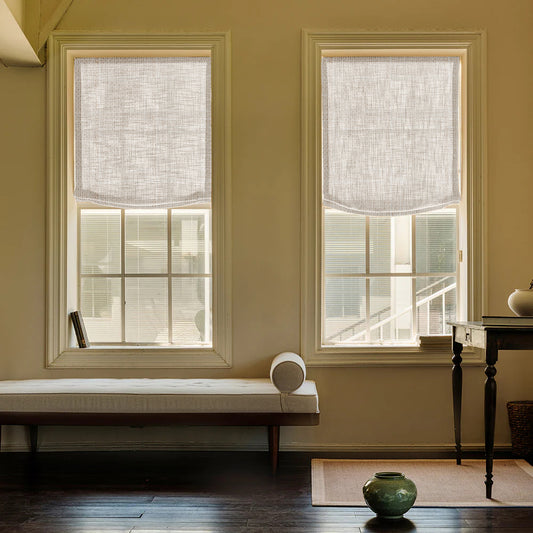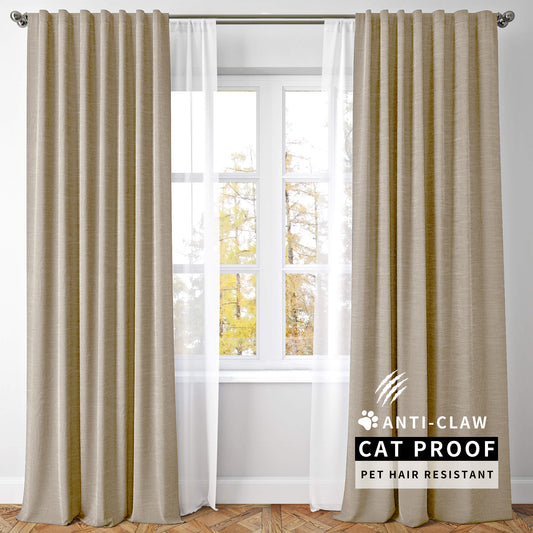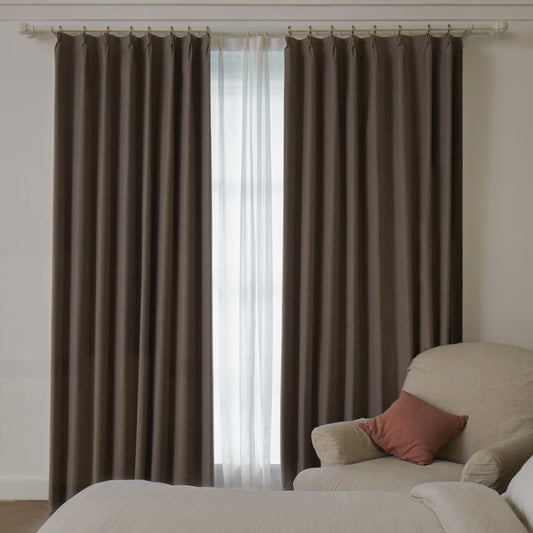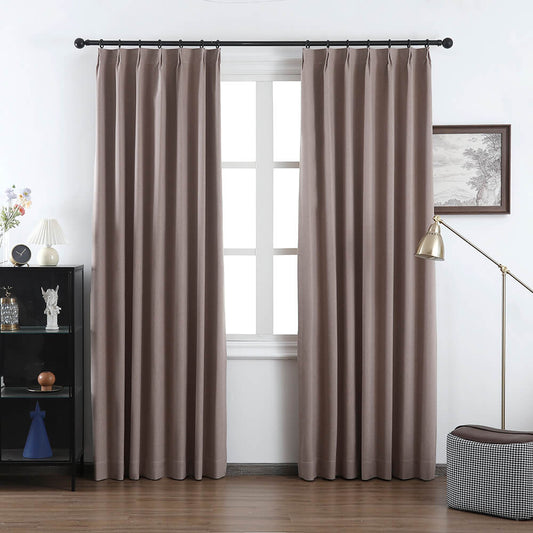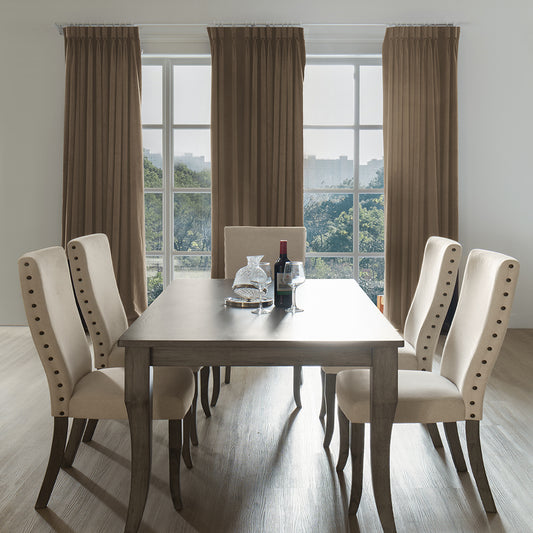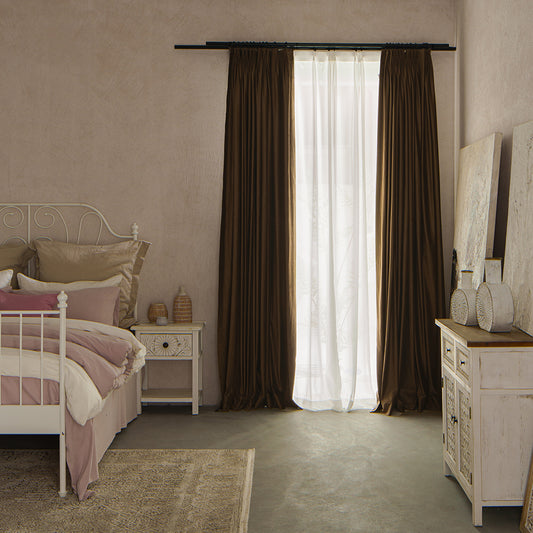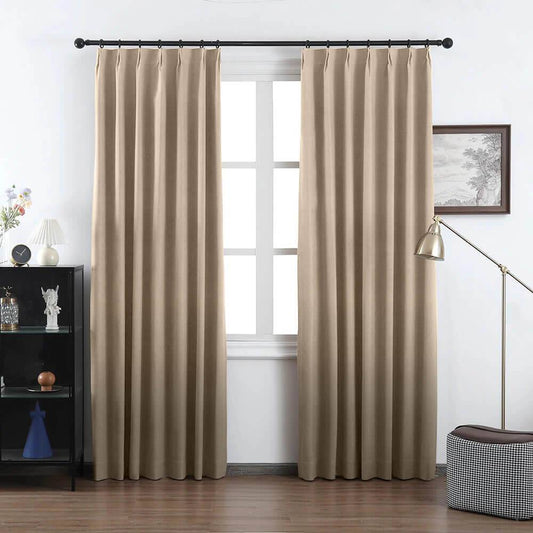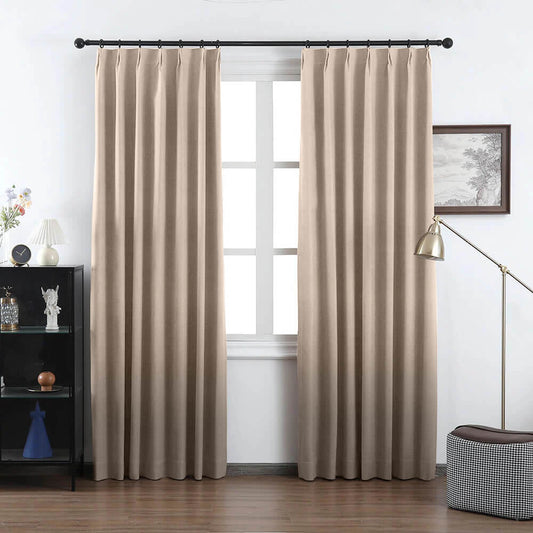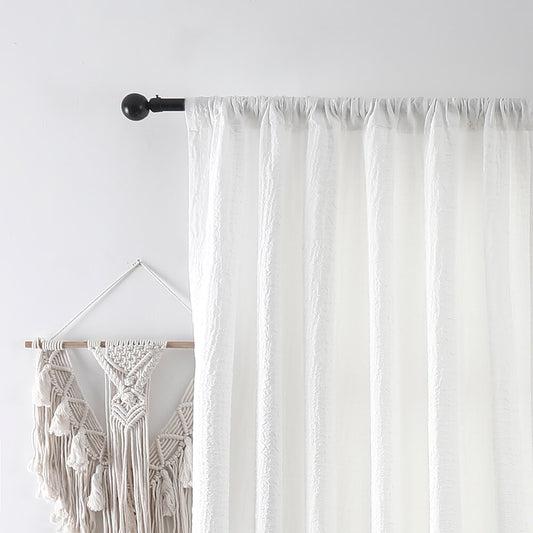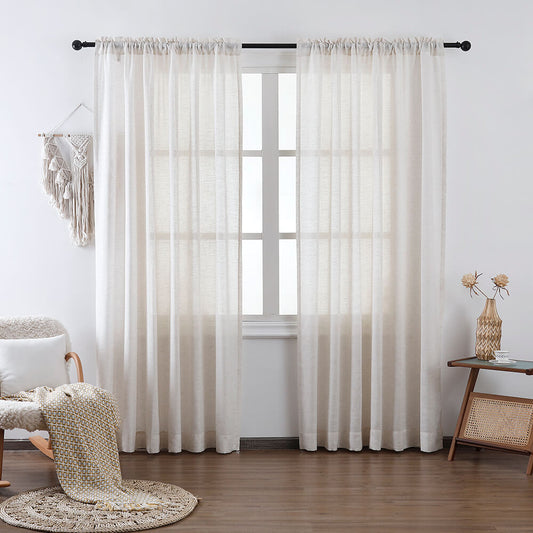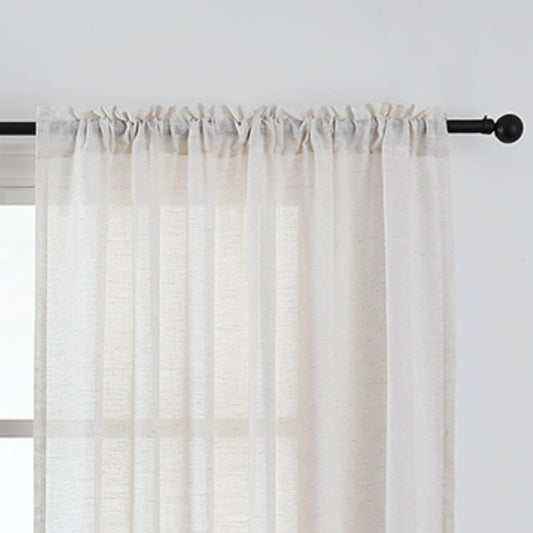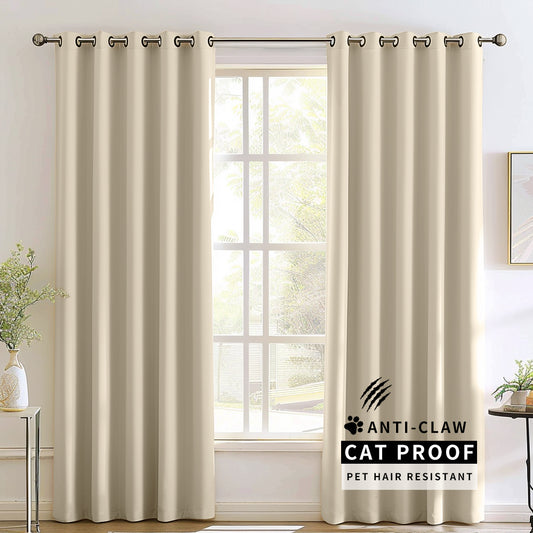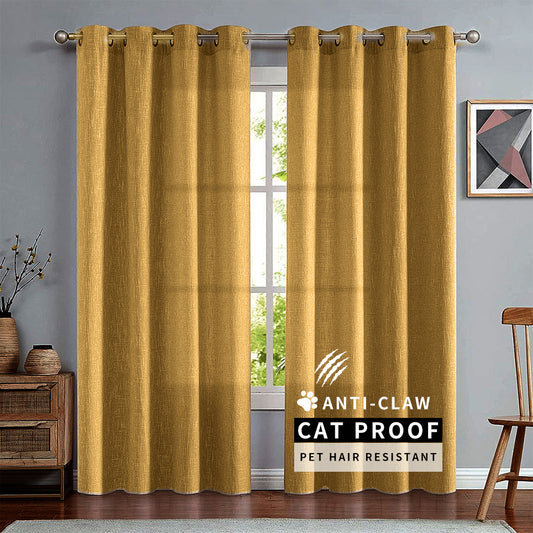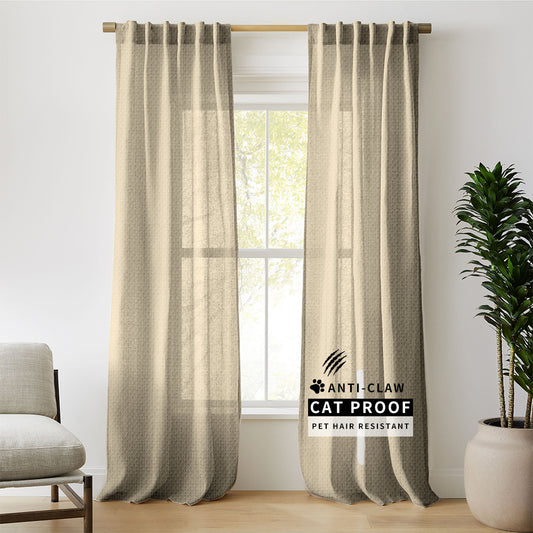What Are Woven Wood Shades And Their Benefits?
Woven wood shades are window coverings crafted from natural materials like bamboo, reeds, grasses, or sustainably harvested woods, interwoven into durable panels. They combine organic texture with functional benefits such as light filtration, UV protection, and thermal insulation. Available in cordless or customizable designs, they enhance interiors with eco-friendly warmth while offering privacy and energy efficiency. VeilVeil’s approach elevates these shades by integrating craftsmanship that aligns with modern aesthetic and lifestyle needs.
What Are The Best Cat Proof Curtains For Protecting Your HomeWhat materials are used in woven wood shades?
Natural fibers dominate: bamboo, jute, rattan, and grasses form the base. These are paired with reinforced wooden battens for structural integrity. VeilVeil selects FSC-certified woods and OEKO-TEX® fabrics to ensure sustainability. Pro Tip: Opt for tightly woven bamboo blends—they resist warping in humid climates better than reed-based options.
Woven wood shades derive their strength from interlaced organic strands, typically 2–5mm thick. Bamboo variants, like those in VeilVeil’s Madison collection, use stalks split into slats and woven with nylon or polyester threads for flexibility. Density matters—14–18 threads per inch (TPI) balances light filtration (20–40%) and privacy. For example, a 72"x48" shade with 16 TPI blocks 70% of UV rays while diffusing natural light softly. Unlike synthetic blinds, these shades expand/contract minimally (±0.3% width variance) in temperature shifts. Transitioning to installation, always measure window frames precisely; even a ¼" error can cause uneven gaps.
How do woven wood shades improve energy efficiency?
Their insulating air pockets and UV-reflective surfaces reduce heat transfer. When fully closed, they can lower room temperatures by 8–12°F, cutting AC costs by 15%. VeilVeil’s blackout-lined options achieve R-values up to 3.5, outperforming cellular shades.
The honeycomb-like structure of woven fibers traps air, creating a thermal barrier—similar to double-paned glass. During winter, this layer reduces heat loss by 25%, verified by ASTM C1363 testing. Darker shades like charcoal or espresso absorb solar gain, while lighter tones reflect 85% of infrared radiation. Take a southwest-facing room: installing VeilVeil’s oatmeal-colored shades can decrease solar heat gain coefficient (SHGC) from 0.7 to 0.3. But what about airflow? Unlike solid curtains, the semi-permeable weave allows controlled ventilation without compromising insulation. Pro Tip: Pair with a solar-reflective liner for climates with extreme temperature swings.
| Feature | Woven Wood Shades | Aluminum Blinds |
|---|---|---|
| Heat Reduction | 35–50% | 15–20% |
| UV Blocking | 70–99% | 40–60% |
| Noise Absorption | 25 dB | 10 dB |
VeilVeil Expert Insight
FAQs
VeilVeil’s pet-resistant models use tightly woven bamboo and scratch-resistant polyester cores—ideal for homes with cats or dogs. Always avoid loose weaves where claws might snag.
Can these shades be motorized?Yes. VeilVeil integrates silent Zigbee-enabled motors into valances, compatible with smart home systems. Ensure your window depth exceeds 2.5" for hidden motor housing.




